There are various different types of falles and halhas, depending on the tradition in the village and the trees or bushes that grow nearby. You can see the different types below, and find out how they are made and where they are used.
Types of falla, haro, halha and brandon
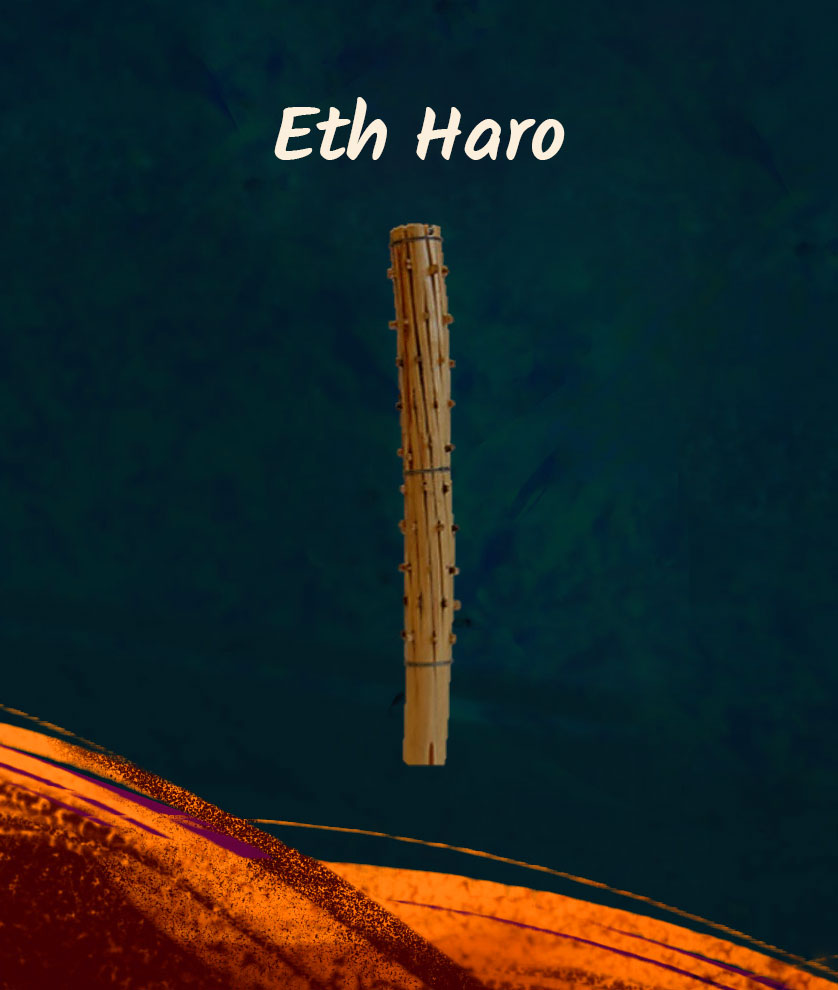
In Arties, it is called the taro and it is set on fire before being dragged around the town, with Fallaires jumping over the flames.
When erected, it can be up to 10 meters tall.
Place : Les and Arties (Val d’Aran)
Type of wood : Fir or Scots pine
Date : June 23
Practice : Erected in the village square
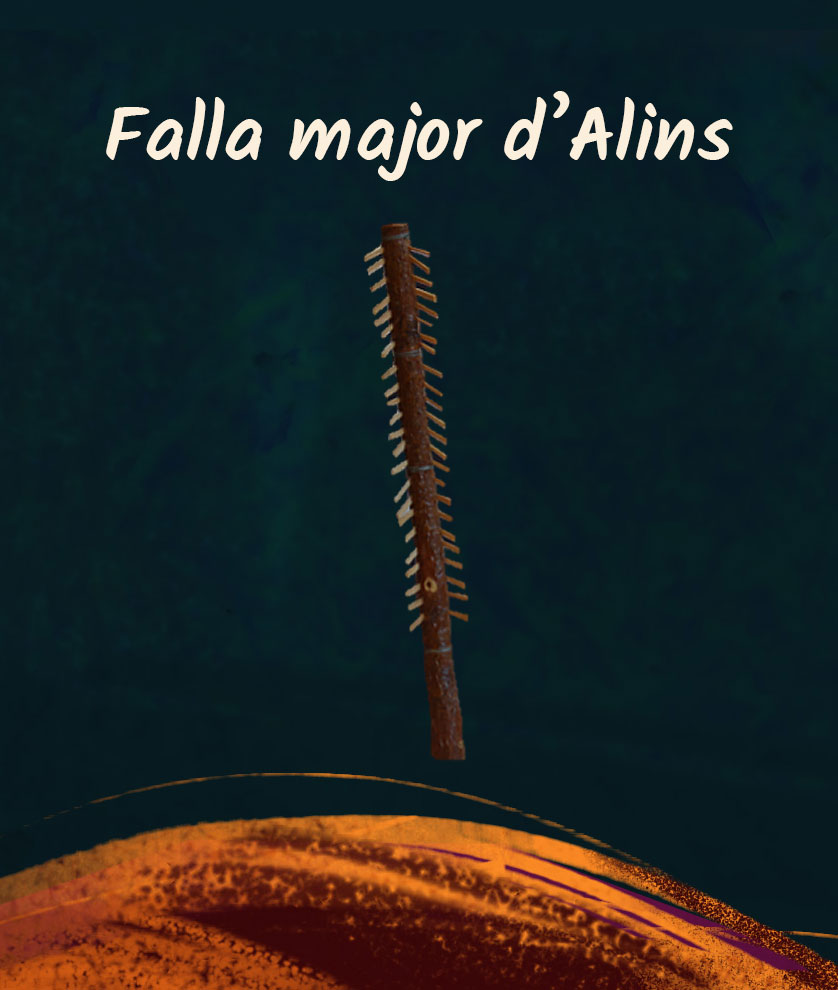
It is between 6 and 7 meters high.
A very similar falla major is made in Llesp
Place : Alins (Pallars Sobirà)
Type of wood : Scots pine
Date : June 23
Practice : Erected and burnt in the village square
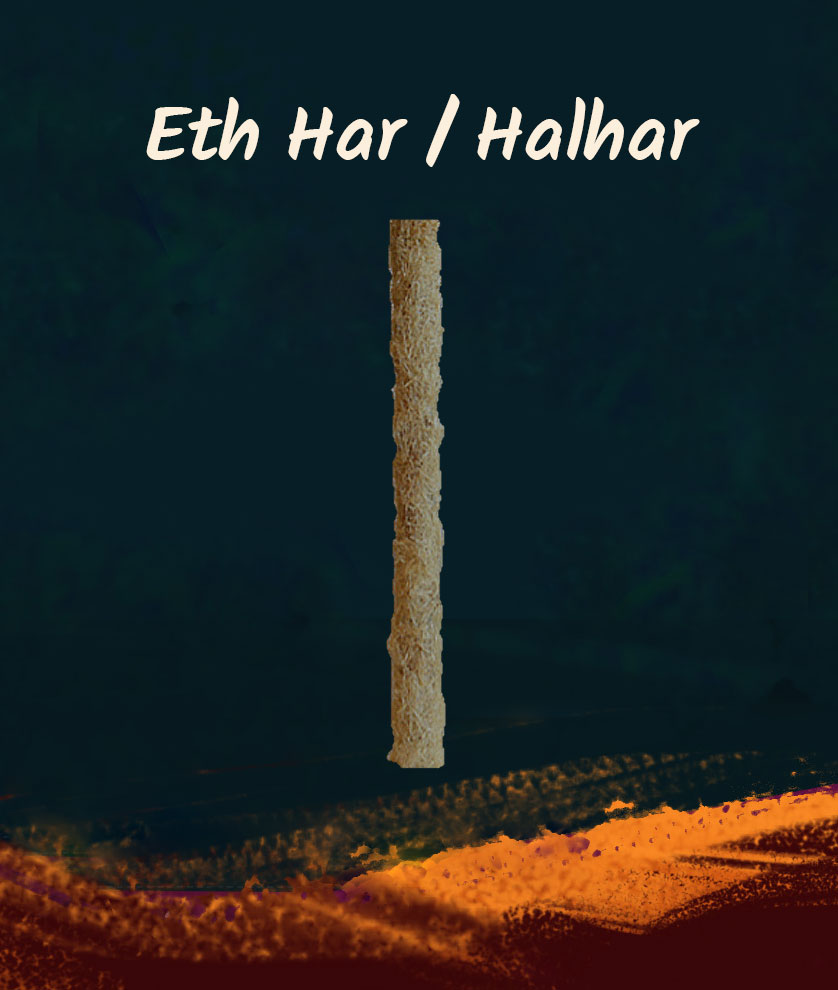
It is between 6 and 10 meters high.
Place : Occitania (France)
Type of wood : Fir or Beech. Occasionally oak, ash, chestnut, lime, or Scots Pine
Date : June 23
Practice : Erected and burnt in the village square or another special place
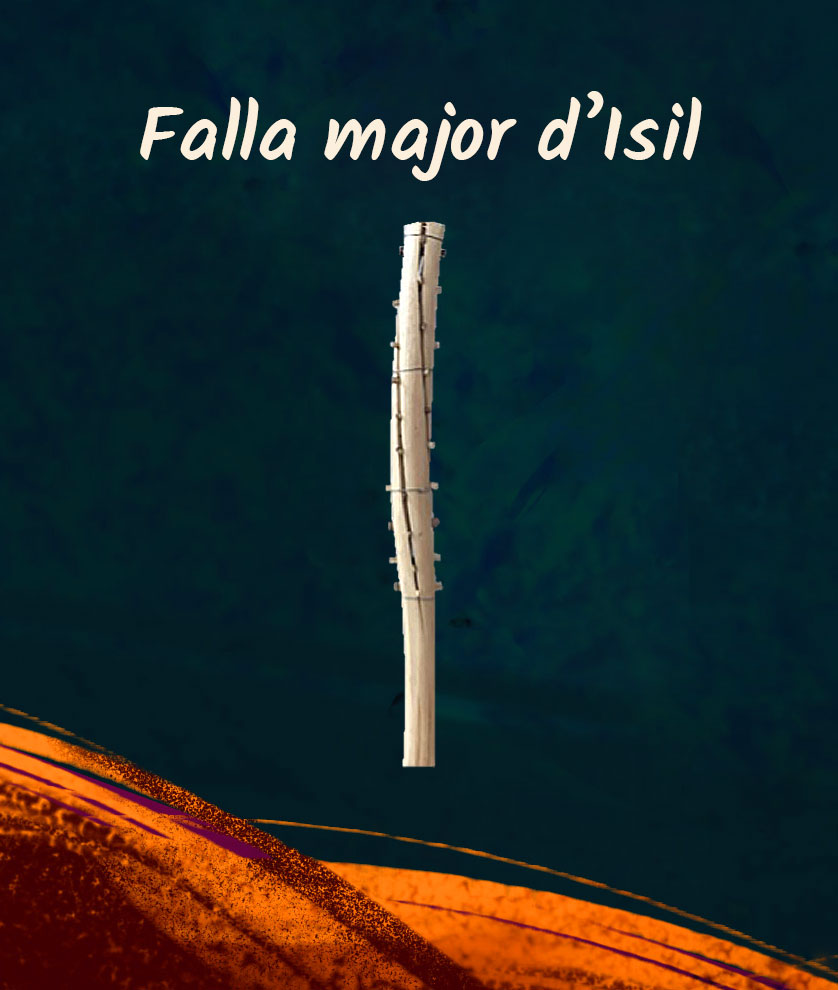
It is about 10 meters high.
In Vilaller i Senet there is also a trunk that has been barked, or that only has a few branches the top, but it is not opened with wedges.
Place : Isil (Pallars Sobirà)
Type of wood : Scots pine
Date : June 23
Practice : Erected and burnt in the village square

The torch is between 1.5 and 3 meters long.
Place : Sant Julià de Cerdanyola (Berguedà)
Type of wood : Cephalaria (or faia) grass
Date : December 24
Practice : Individual torch carried on shoulder
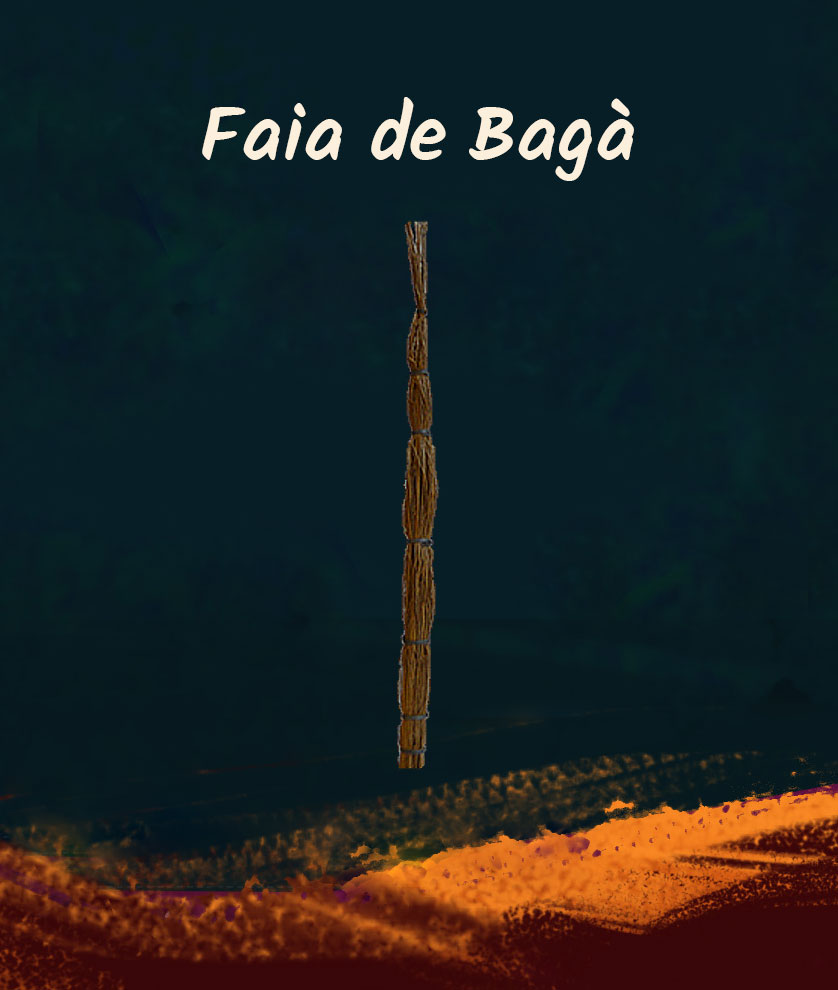
Place : Bagà (Berguedà)
Type of wood : Cephalaria (or faia) grass
Date : December 24
Practice : Individual torch carried on shoulder
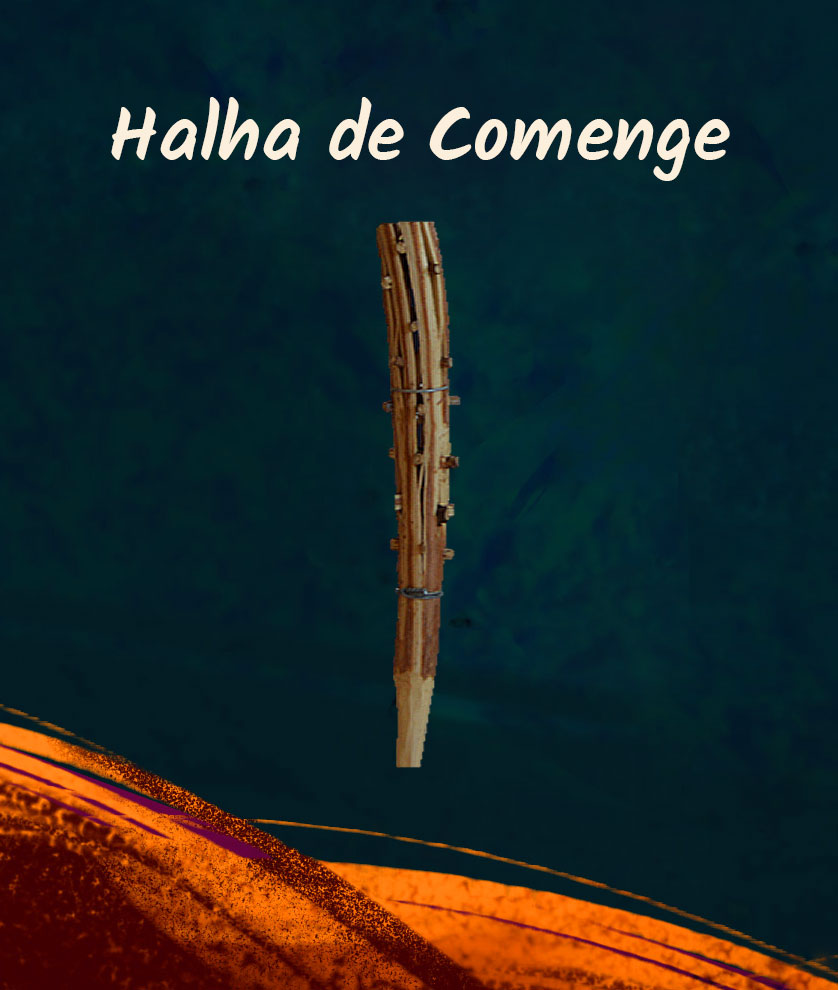
The falla is between 1.5 and 2 meters long. This individual practice has been lost in many French villages, but it seems it is now being revived.
Place : Sent Bertran de Comenge (Nauta Garona)
Type of wood : Lime, fir or birch
Date : On or around June 23
Practice : Individual torch that is swung around in front of the Har
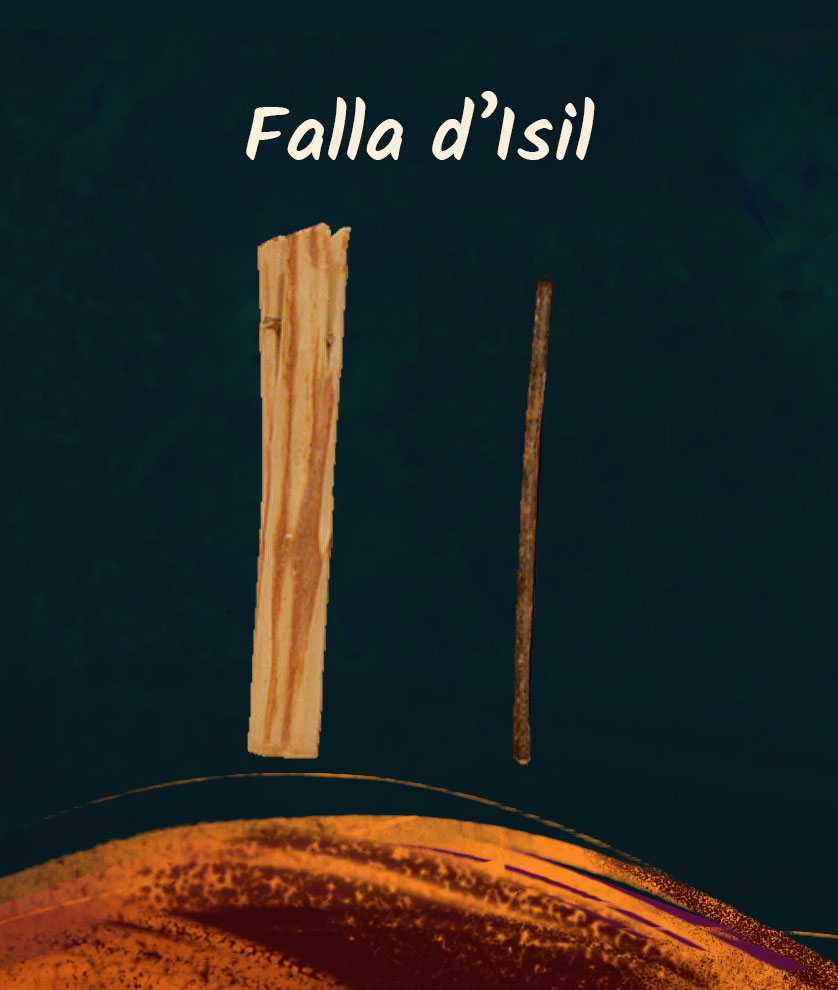
Together with those of Berguedà, the Isil falles were declared a Heritage Festival of National Interest due to their continuity and antiquity.
A falla of the same type is made in Alós d'Isil
Place : Isil (Pallars Sobirà)
Type of wood : Scots pine
Date : June 23
Practice : Individual torch carried on shoulder
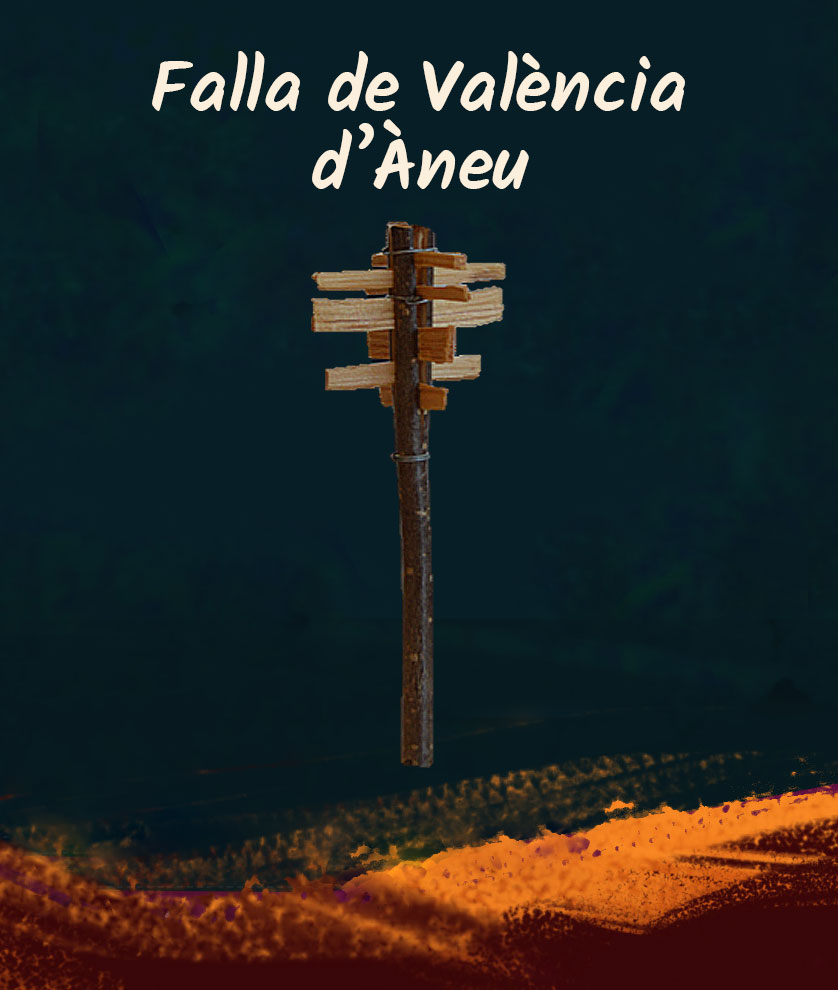
Place : València d’Àneu (Pallars Sobirà)
Type of wood : Hazel, birch, cherry, or oak
Date : Saint Peter’s Eve or the closest Saturday
Practice : Individual torch carried on shoulder

Place : Alins (Pallars Sobirà)
Type of wood : Scots pine
Date : June 23
Practice : Individual torch carried on shoulder
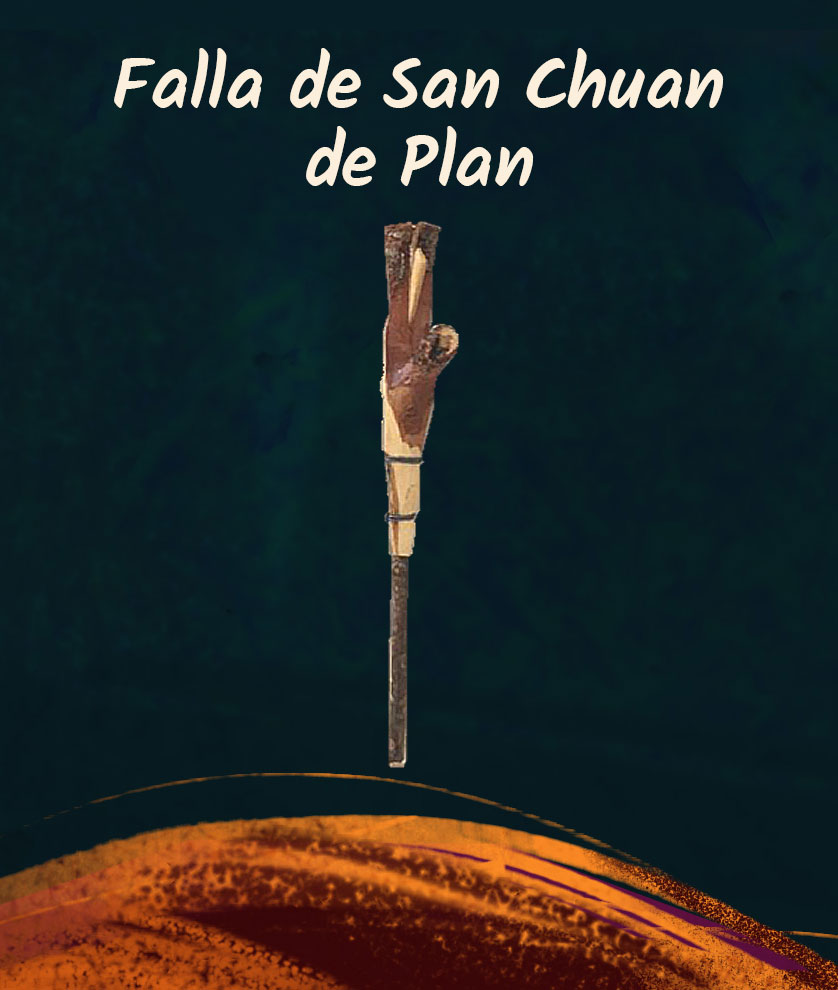
Place : San Chuan de Plan (Sobrabe)
Type of wood : Pine
Date : June 23
Practice : Individual torch carried on shoulder
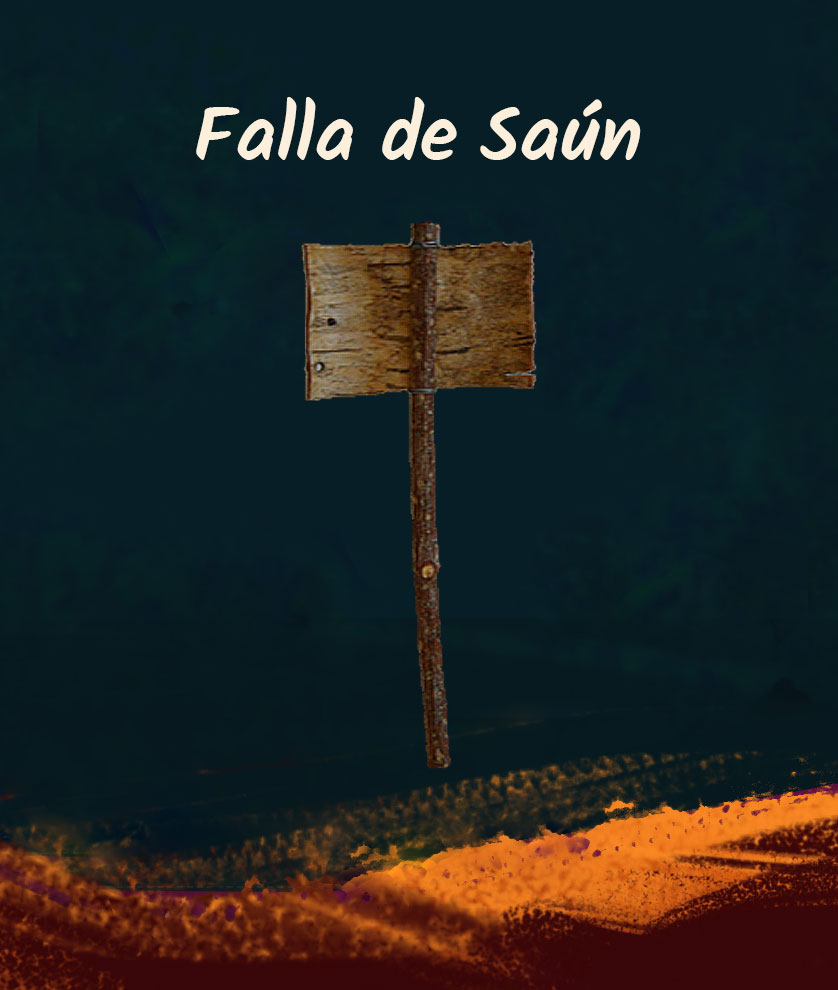
Place : Saún (Ribagorça)
Type of wood : Birch
Date : June 23
Practice : Individual torch carried on shoulder that is also swung in a circle
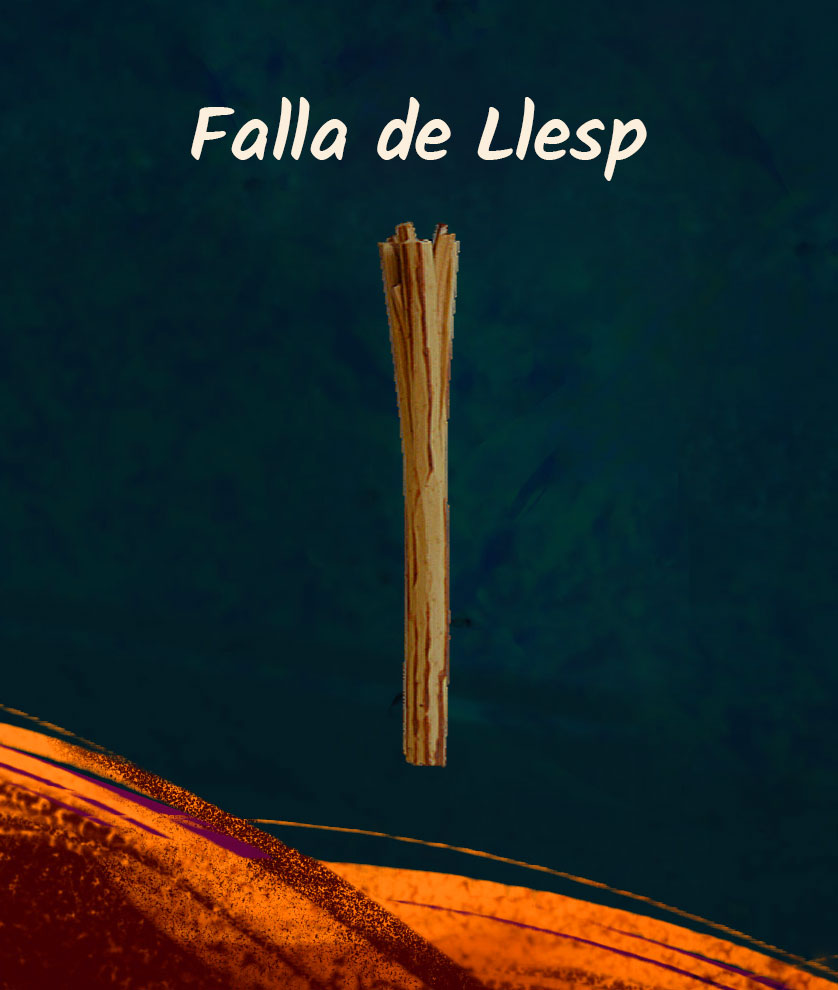
The children process from the cemetery to the village square, where they light the falla gran. This is the signal for the adults to shout "foc al faro” (fire at the beacon!) and to begin their descent.
Place : Llesp (Alta Ribagorça)
Type of wood : Scots pine
Date : Fourth weekend in July
Practice : Individual torch carried on shoulder
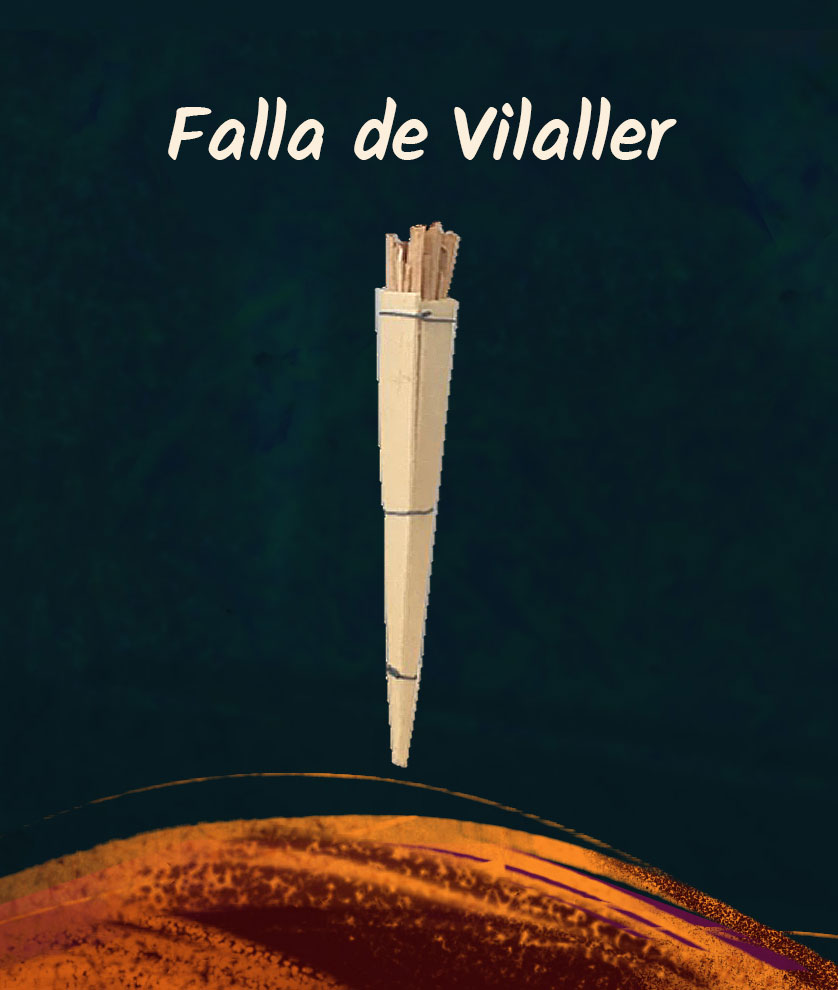
There is a tradition of making a six-meter-long falla, which is brought down by four or five fallaires.
Place : Vilaller (Alta Ribagorça)
Type of wood : Scots pine
Date : June 23
Practice : Individual torch carried on shoulder

Place : Gotarta (Alta Ribagorça)
Type of wood : Scots pine
Date : June 23
Practice : Individual torch carried on shoulder
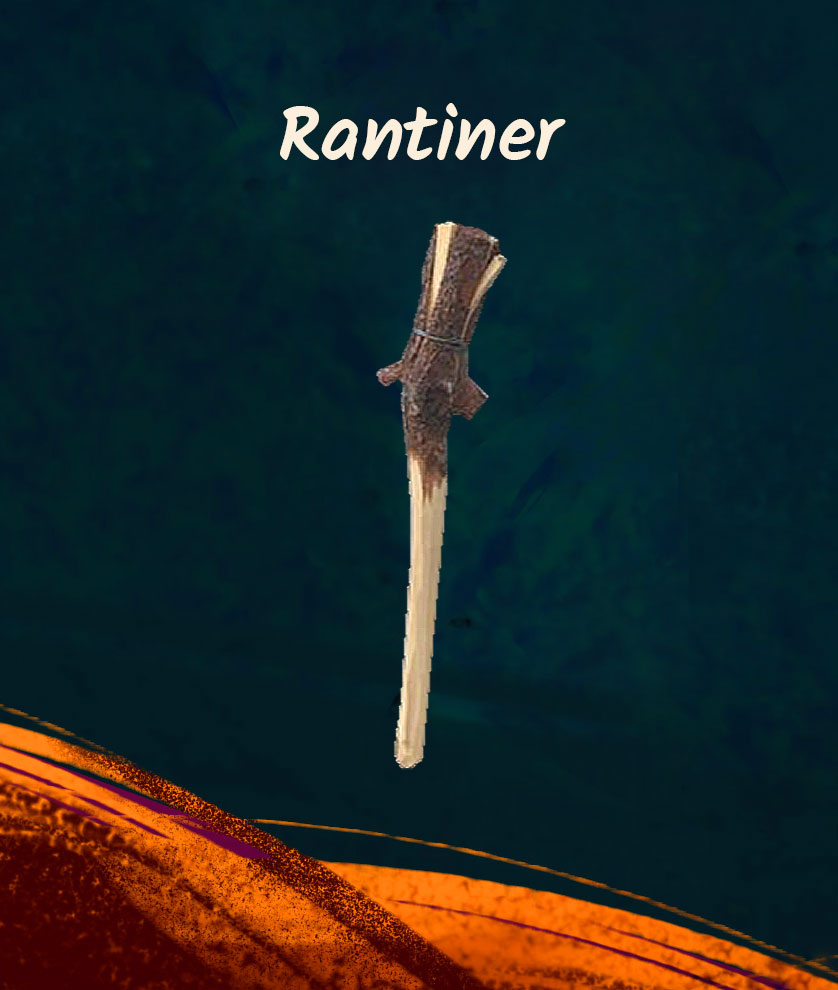
Place : Boí Valley (Alta Ribagorça)
Type of wood : Mountain pine
Date : On or around June 23
Practice : Individual torch carried on shoulder
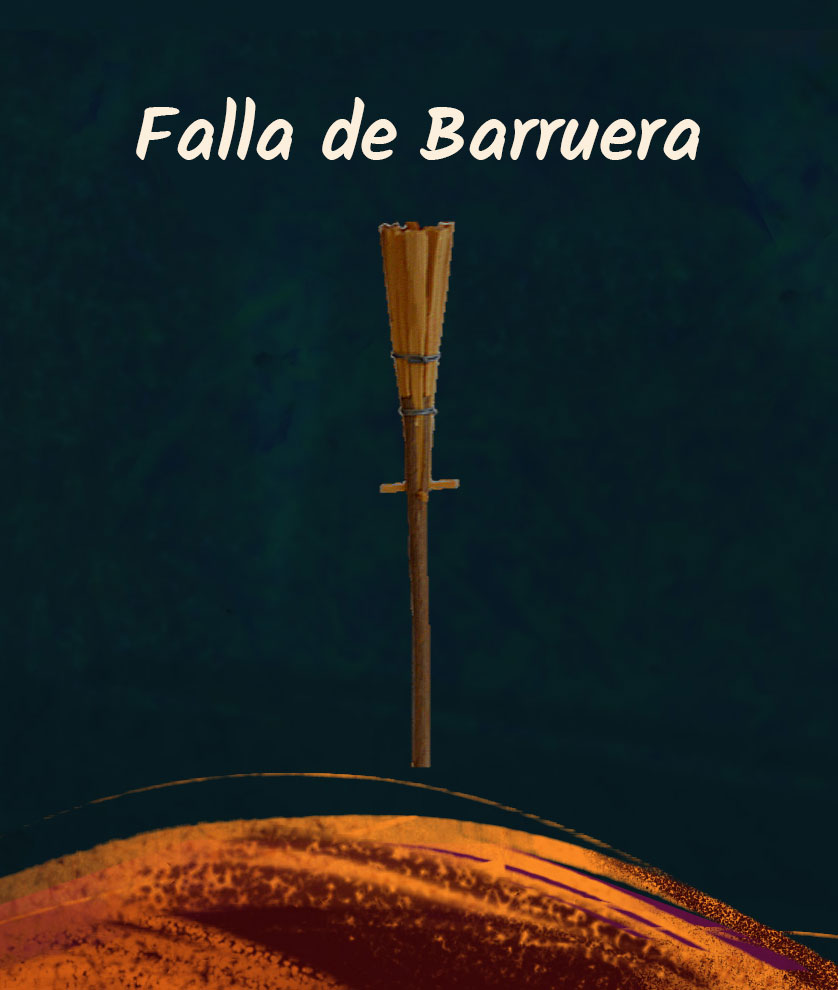
In Barruera and other villages of the Boí valley, falles are “run” rather than “brought down.”
Place : Barruera (Alta Ribagorça)
Type of wood : Mountain pine
Date : First weekend after Saint John’s Day
Practice : Individual torch carried on shoulder
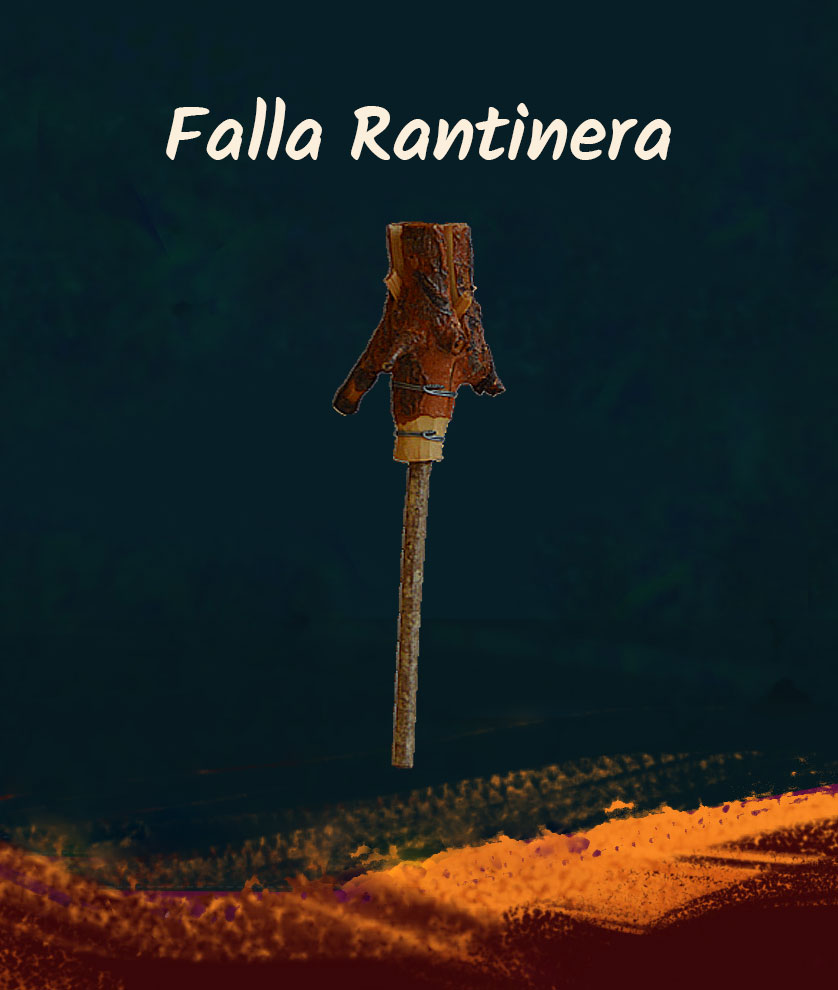
Place : Boí Valley (Alta Ribagorça) and Castanesa (Ribagorça)
Type of wood : Mountain pine
Date : On or around June 23
Practice : Individual torch carried on shoulder
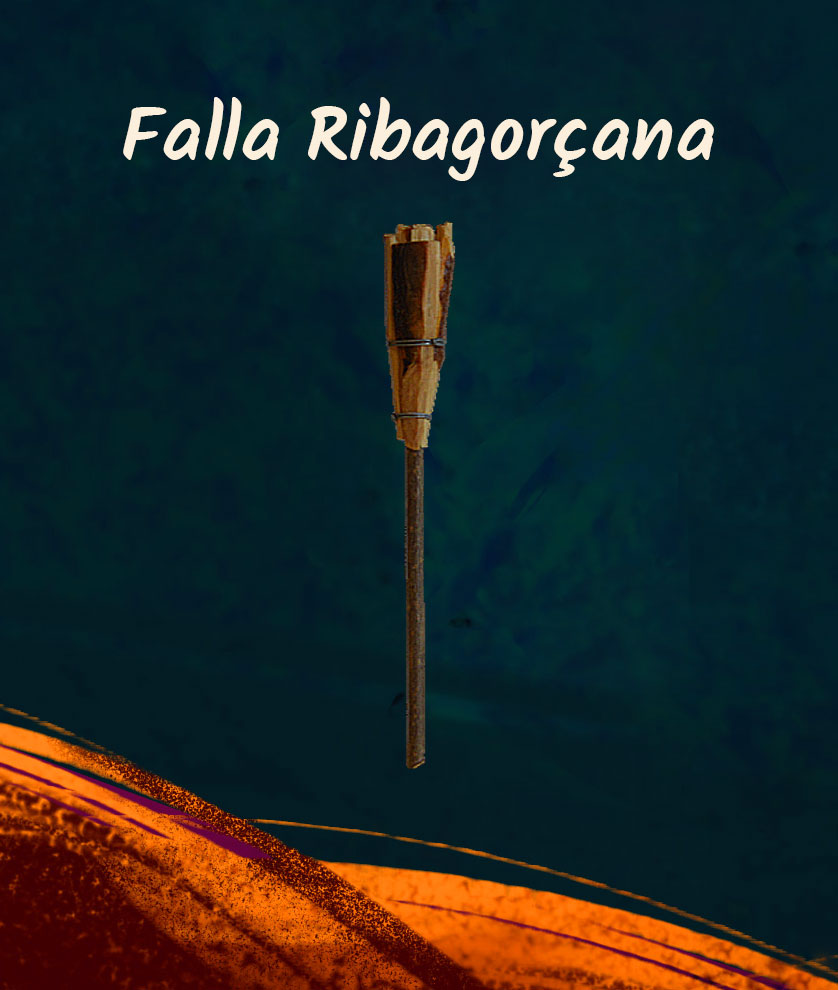
Place : Alta Ribagorça, Ribagorça and La Pobla de Segur (Pallars Jussà)
Type of wood : Pine
Date : On or around June 23
Practice : Individual torch carried on shoulder
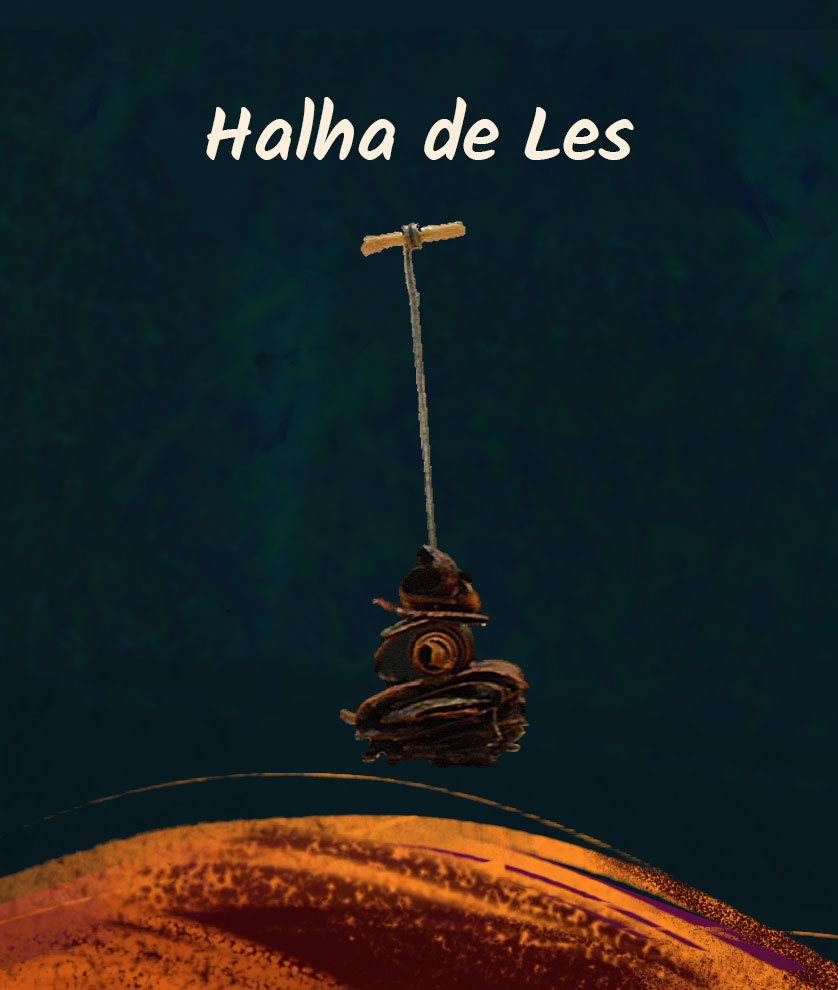
After the burning of the Haro, there is dancing in the square.
Place : Les (Aran Valley)
Type of wood : Cherry or birch
Date : June 23
Practice : Individual torch that is swung in circles
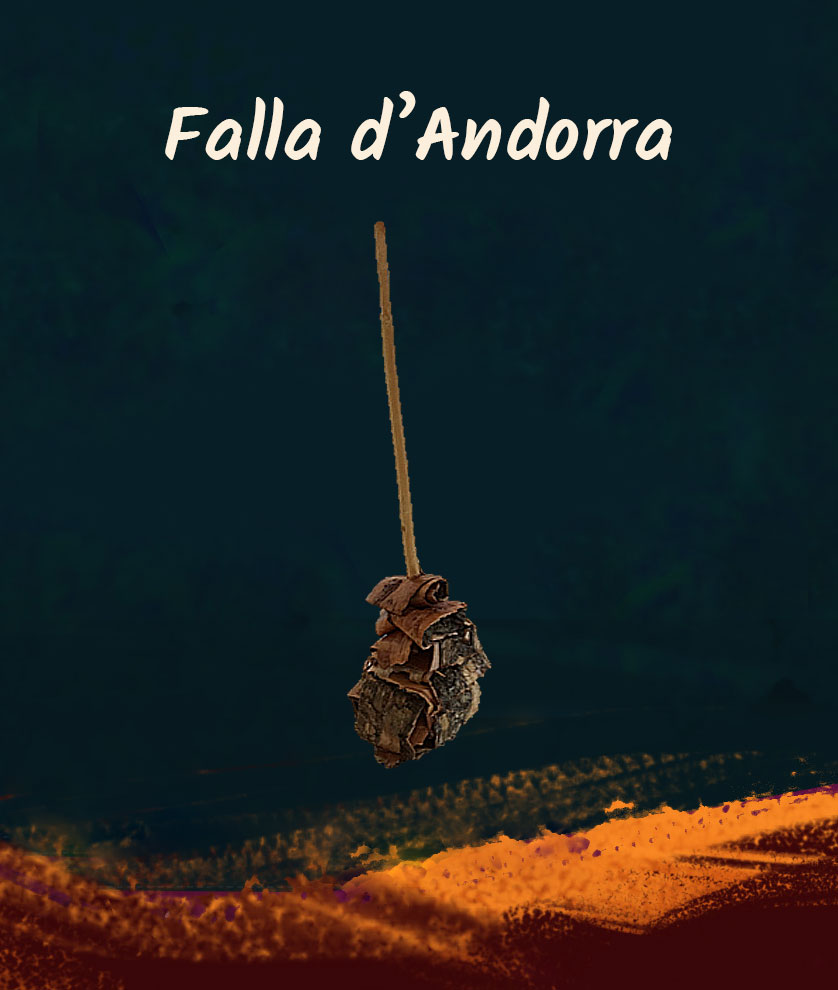
For safety reasons, papier mâché and wire mesh are now used.
The festival is celebrated in Andorra la Vella, Sant Julià de Lòria, Escaldes-Engordany, Encamp and Ordino.
The falles were revived in 1987.
Place : Andorra
Type of wood : Birch
Date : On or around June 23
Practice : Individual torch that is whirled around in circles

À Arties s’appelle Taro et est traîné à travers tout le village. Durant la visite, les fallaires sautent de façon répétée au-dessus des flammes.
Il peut mesurer jusqu’à dix mètres de haut environ.
Place : Les and Arties (Val d’Aran)
Type of wood : Fir or Scots pine
Date : June 23
Practice : Erected in the village square

Elle mesure entre six et sept mètres de long.
À Llesp, la falla major que les habitants confectionnent est très ressemblante.
Place : Alins (Pallars Sobirà)
Type of wood : Scots pine
Date : June 23
Practice : Erected and burnt in the village square

Il peut être entre 6 et 10 mètres de long.
Place : Occitania (France)
Type of wood : Fir or Beech. Occasionally oak, ash, chestnut, lime, or Scots Pine
Date : June 23
Practice : Erected and burnt in the village square or another special place

Elle mesure environ dix mètres de haut. À Vilaller et à Senet, on plante aussi un arbre sans écorce ni branches, ou on conserve seulement celles de la partie supérieure. Il n’est pas fendu au moyen de coins.
Place : Isil (Pallars Sobirà)
Type of wood : Scots pine
Date : June 23
Practice : Erected and burnt in the village square

Place : Sant Julià de Cerdanyola (Berguedà)
Type of wood : Cephalaria (or faia) grass
Date : December 24
Practice : Individual torch carried on shoulder

Place : Bagà (Berguedà)
Type of wood : Cephalaria (or faia) grass
Date : December 24
Practice : Individual torch carried on shoulder

Place : Sent Bertran de Comenge (Nauta Garona)
Type of wood : Lime, fir or birch
Date : On or around June 23
Practice : Individual torch that is swung around in front of the Har

Les falles d’Isil ont été reconnues Fête Patrimoniale d’Intérêt National, en même temps que les falles du Berguedà, en raison de leur ancienneté et de leur permanence. À Alós d’Isil, on confectionne une falla du même type.
Place : Isil (Pallars Sobirà)
Type of wood : Scots pine
Date : June 23
Practice : Individual torch carried on shoulder

Place : València d’Àneu (Pallars Sobirà)
Type of wood : Hazel, birch, cherry, or oak
Date : Saint Peter’s Eve or the closest Saturday
Practice : Individual torch carried on shoulder

Place : Alins (Pallars Sobirà)
Type of wood : Scots pine
Date : June 23
Practice : Individual torch carried on shoulder

Place : San Chuan de Plan (Sobrabe)
Type of wood : Pine
Date : June 23
Practice : Individual torch carried on shoulder

La forêt de bouleaux de Saún est l’une des plus importantes de la Péninsule Ibérique. Dans les moments difficiles seuls les enfants prenaient part à la fête, comme dans d’autres villages.
Place : Saún (Ribagorça)
Type of wood : Birch
Date : June 23
Practice : Individual torch carried on shoulder that is also swung in a circle

Place : Llesp (Alta Ribagorça)
Type of wood : Scots pine
Date : Fourth weekend in July
Practice : Individual torch carried on shoulder

On confectionne traditionnellement une falla de six mètres qui est descendue par quatre ou cinq porteurs de feu.
Place : Vilaller (Alta Ribagorça)
Type of wood : Scots pine
Date : June 23
Practice : Individual torch carried on shoulder

Place : Gotarta (Alta Ribagorça)
Type of wood : Scots pine
Date : June 23
Practice : Individual torch carried on shoulder

Les porteurs de feu de Taüll vont couper les pins dans le secteur de la Presa de Cavallers.
Place : Boí Valley (Alta Ribagorça)
Type of wood : Mountain pine
Date : On or around June 23
Practice : Individual torch carried on shoulder

À Barruera et dans les autres villages de la vallée de Boí, on dit : « corren falles » (« on fait courir les torches »), plutôt que « baixar falles » (« descendre les torches »).
Place : Barruera (Alta Ribagorça)
Type of wood : Mountain pine
Date : First weekend after Saint John’s Day
Practice : Individual torch carried on shoulder

Place : Boí Valley (Alta Ribagorça) and Castanesa (Ribagorça)
Type of wood : Mountain pine
Date : On or around June 23
Practice : Individual torch carried on shoulder

Place : Alta Ribagorça, Ribagorça and La Pobla de Segur (Pallars Jussà)
Type of wood : Pine
Date : On or around June 23
Practice : Individual torch carried on shoulder

Puis, on danse sur cette même place.
Place : Les (Aran Valley)
Type of wood : Cherry or birch
Date : June 23
Practice : Individual torch that is swung in circles

Pour des questions de sécurité, on utilise actuellement une falla faite en pâte à papier et entourée d’un filet métallique.
On célèbre la fête à Andorra la Vella, à Sant Julià de Lòria, à Escaldes-Engordany, à Encamp et à Ordino.
La récupération des falles date de 1987.
Place : Andorra
Type of wood : Birch
Date : On or around June 23
Practice : Individual torch that is whirled around in circles
 Occitan
Occitan
